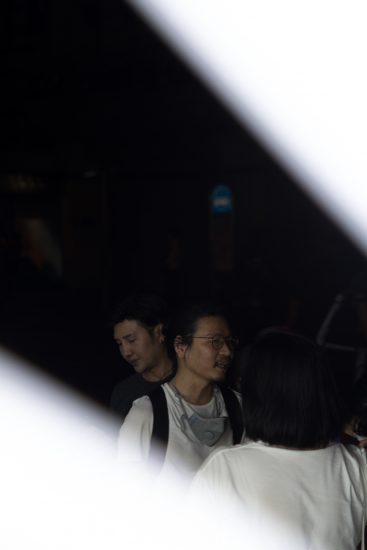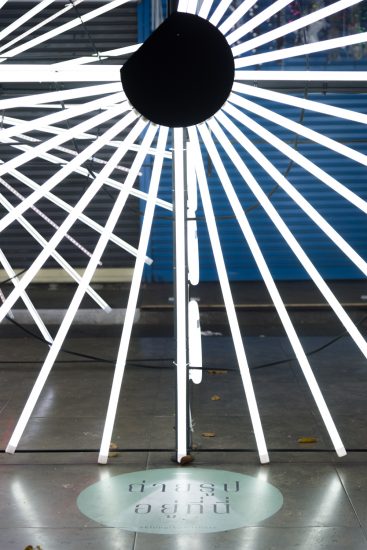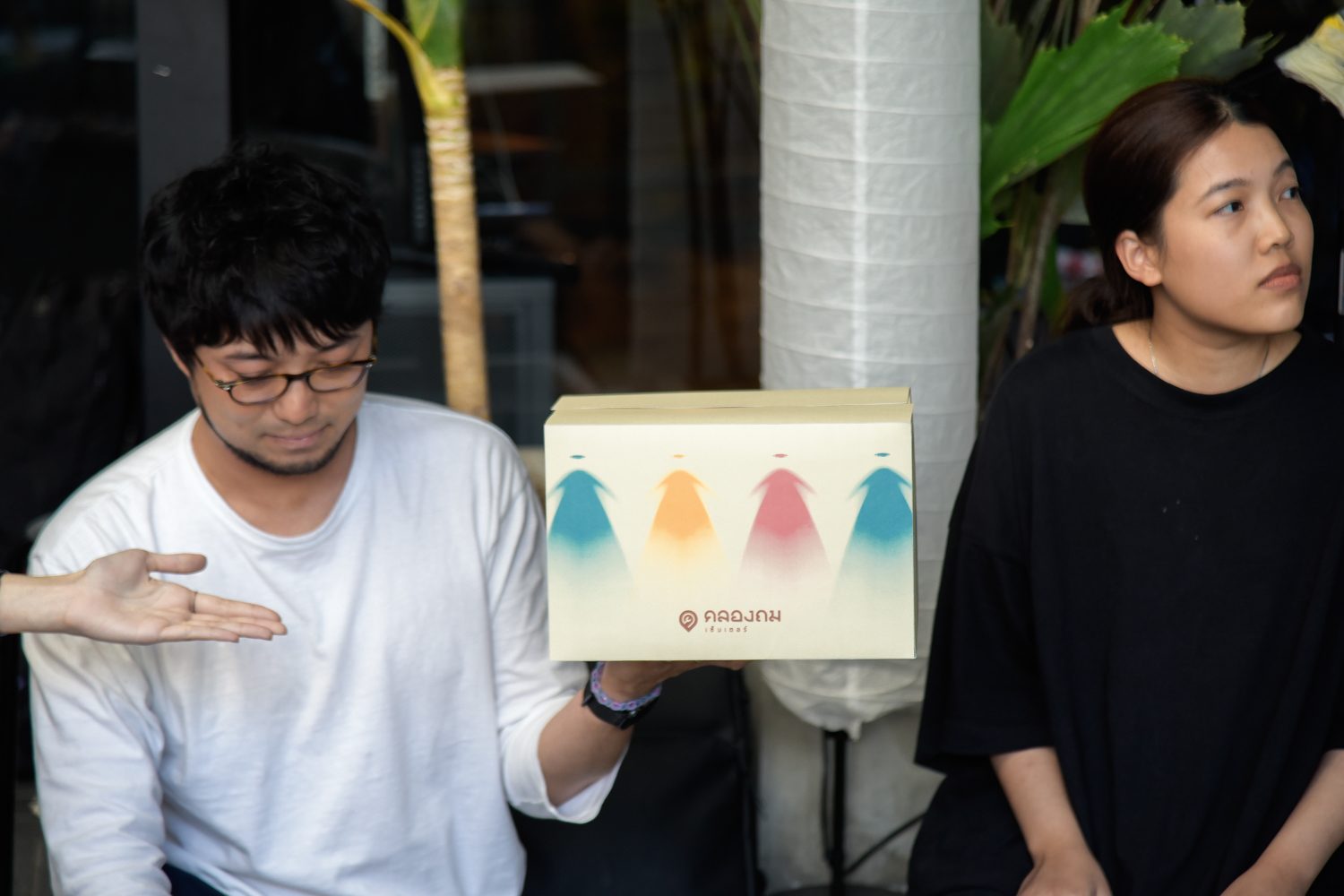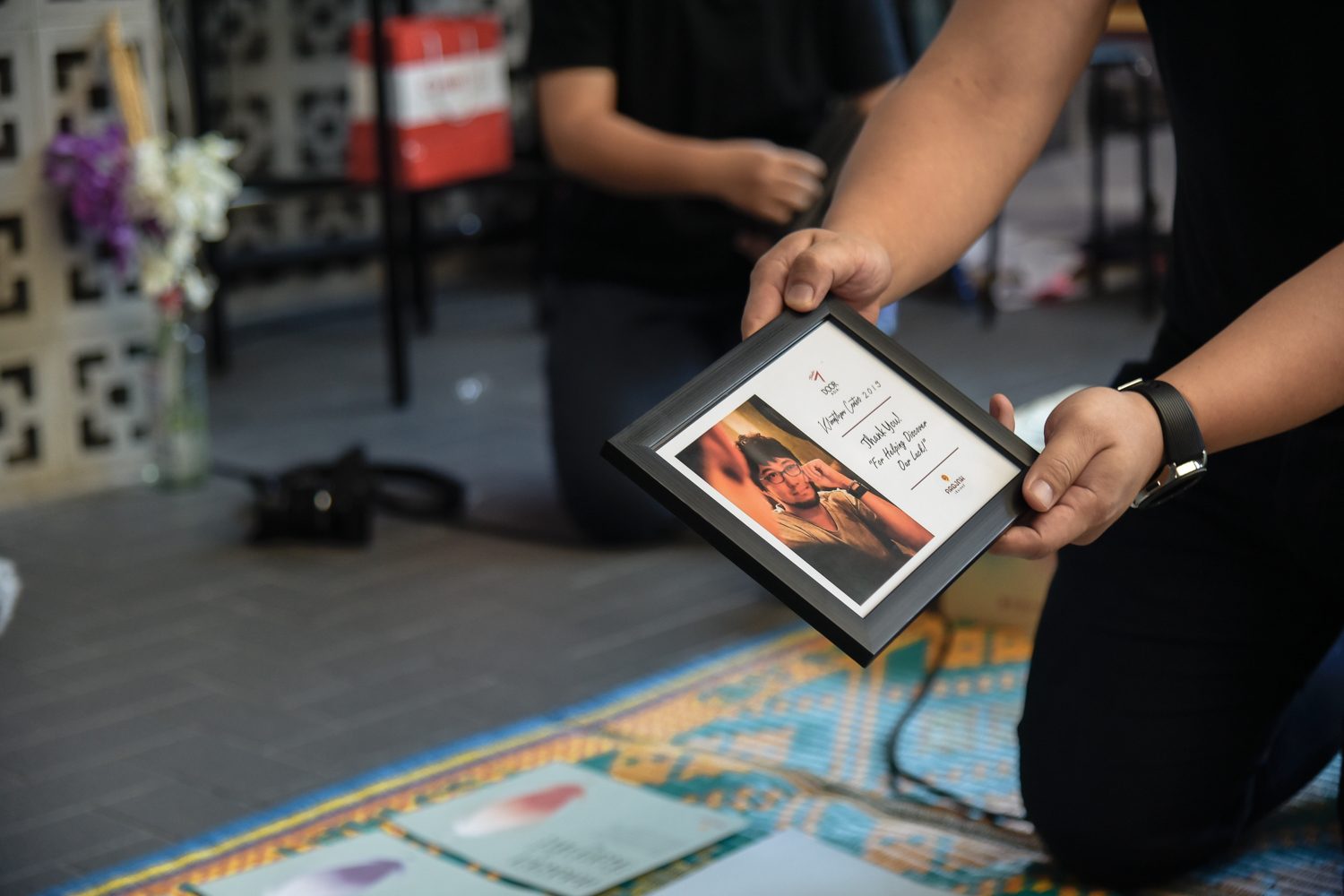INTRODUCE THE COMMUNITY-BASED PROJECT DOOR TO ASIA BANGKOK, THE COLLABORATION BETWEEN STRN CITIZEN LAB, INTERNATIONAL DESIGNERS, AND LOCAL PEOPLE THAT AIMS TO BRING IN NEW SOLUTIONS FOR THE LOCAL COMMUNITY
TEXT & PHOTO: NAPAT CHARITBUTRA EXCEPT AS NOTED
DOOR to ASIA Bangkok may still be unfamiliar to many because this designer-in-residence project was first held by SATARANA (led by Techit Jiropaskosol) in Thailand only last year, inviting international designers to work with Thai designers and creators in different local communities.
The project took place as part of Bangkok Design Week 2020 (with financial support from the Creative Economy Agency or CEA). The project kicked off last November with 8 participating designers, Tsu Ann Wong (Malaysia), Kanin Suetorsak (Thailand), Takayo Aoki (Japan), Pichan Sujaritsatit (Thailand), Ken Okamoto (Japan), Pavimol Samsen, Nutjarus Eangmahassakul. of Studio Dialogue (Thailand) and Tomoko Negishi who worked in four different areas of Bangkok (Pratuphee, Sampheng, Klongthom and Haroon Mosque). The results of the ‘communication system’ were diverse and developed into prototypes of packaging, exhibition, branding design including other participative activities.
Perhaps it’s the limited budget (?) or the challenge of having to work with people from different organizations and backgrounds, the result of this is an outcome of a communication system which isn’t what we had imagined. In other words, it’s still not as ‘tangible’ as we’d expect, in terms of both the works and the benefits that the communities would get out of the project. Nevertheless, ‘DOOR to Asia’ is a decent and potential starting point, especially with the energy of the teams we saw from their presentations, which took place in December last year.
By inviting international designers to work with Thai designers and creators in different local communities, Door to ASIA Bangkok aims to bring about the new solution for the comunities
On the rooftop of Luk Hostel, all the presentations were delivered in two languages (with a translator provided) and everyone was there; the designers, the volunteers, people from the communities and the stakeholders. They were there to hear about the works that were about to be created within their own communities by the community members. The Haroon Mosque was the first team that took the stage. It has Takayo Aoki as the team’s designer and Pichan Sujaritsatit.

The two talked about how, to them, DOOR to ASIA opened a door to Haroon. Working with the community members had eliminated the preconception they once had towards the Muslim community. They walked around the neighborhood, talked with people, observed and their way of life, and tried their food. Everything led them to realize that religious ceremonies are what intertwine the community together and they were a part of people’s everyday life. “One of them being the ‘food recipes’, each possesses its own history, some can be traced back to 100 years ago. For example, there’s only this one family that still knows how to cook this specific recipe,” said Sujaritsatit during the presentation. The team’s challenge was to create a design that would connect the community with outsiders.
The Haroon Brand is what Aoki proposed as a communication tool for the community. It comes in the shape and form of wrapping papers with patterns whose designs take inspiration from a bow (the community has its own archery club), Mortar-toasted pandan sweets which are made and sold in the area, and roti. The design hopes to communicate with the public, to tell stories about the Haroon community while encouraging conversations between the locals and outsiders. The wrapping papers were actually used at Bangkok Design Week 2020 with the intention of Phase 2 of the project being to create the Haroon Book, which will be a documentation of the stories of the Haroon Community, its people, food and contemporary way of life.
Led by Pavimol Samsen and Ken Okamoto, the next team worked with Klonthom community. The area’s local culture is currently falling apart as a result of the city’s recently enforced clean-up campaign. The new law has caused the ‘flashlight night market’ where people browse myriad items sold by roadside stalls, laid out in the open along a cluster of streets in the area to disappear as the younger generation are becoming less familiar with this type of urban night market.
The problems they had witnessed led to the development of a 3-term plan. The short-term plan is set on finding ways to attract new clients, the medium-term plan aims to stimulate the use of an e-commerce platform among local vendors (partially carried out), while the long-term plan works towards making Klongthom stronger, enabling the night market’s triumphant return.

“We explored the area, talked with shop owners in Klongthom Center and everyone said the same thing that most people think that Klongthom Market is gone.” With ‘Klongthom is still here” as the key message, the team designs the key visual where the form of a flashlight is used (referencing the market goers’ use of flashlights at the night market), and the market’s landmark, which is an installation piece made of materials sold at Klongthom Center such as light bulbs, electrical circuits, stickers, steel pipes, etc. The work and the installation hope to communicate to the general public about the market’s ongoing activities. Also initiated is the weekend workshop that teaches children how to make paper flashlights.
The core idea of the team is the solid branding potential of products sold at Klongthom Market.
Read the second part of THE DOOR IS OPEN here







